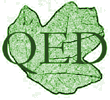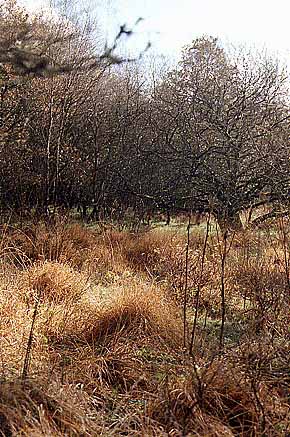

QUODITCH EDUCATION DEVON
It is a unique site and credit must be given to past owners, Michael and Agnes Ogborne of North Quoditch Farm, for managing the land in such a sympathetic fashion for over forty years. Their understanding of the land has preserved it and its wildlife whilst so much around Devon has disappeared.
Amongst the uncommon plants to be found here are the Devil's Bit Scabious which is quite profuse, and the Guelder Rose, of which there are several examples. Also there is a variety of marsh and meadow orchids to be found.
Its plants also made it the home of a rare butterfly, the Marsh Fritillary which could be seen in profusion during the early summer. It is also home to many other butterflies such as the Wood White, Marbled White and the Silver Washed Fritillary.
The site consists of six enclosures. Each one is totally surrounded by trees, thus giving shelter and protection to the area. The area has not received any chemical treatment for at least forty years (probably much longer)
The first site is an eight acre field. It contains a mixture of sedges, grasses and reeds and needs to be lightly grazed to keep the height down and allow the wild flowers to grow through. It was last ploughed forty years ago.
The second field has a mixture of orchids, heathers and several examples of the Guelder Rose tree as well as the Devil's Bit Scabious that houses a colony of Marsh Fritillaries.
Fields three and four have been partly cleared of their trees. Currently the tree stumps in area four act as homes to a variety of fungi.
Heading north the proportion of woodland to field increases. Currently sites five and six are covered totally with deciduous trees. It is our intention, on the advice of the Min. of Ag., to clear the central part of field five to allow it to, yet again, grow the various grasses and wild flowers that are peculiar to the area. Field six will also be cleared to some extent but some parts will be left as natural woodland to link in with the (mixed) Forestry Commission woodland to the North. In these two fields there are extensive deer tracks and some deer wallows where the deer roll in the puddles to remove stray lodgers.
The whole site is bounded to the North by a stream which flows into the Dury Water. Here evidence of otters has been found, but it is believed that they were only passing through.

Page last updated 14th January 2006